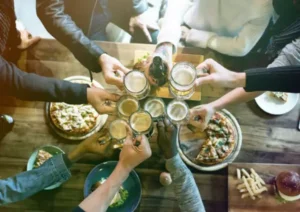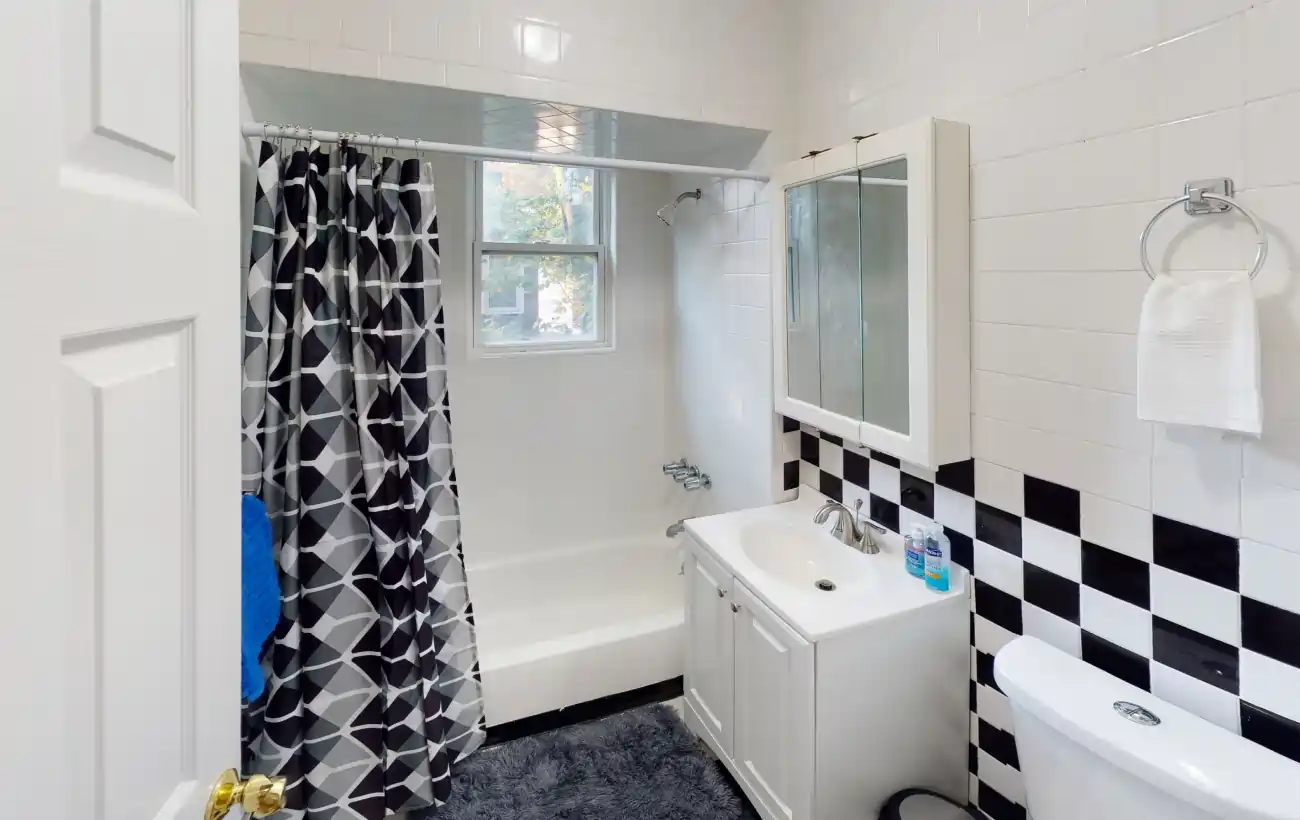
More and more we’re seeing there are shades of grey when it comes to dependence on alcohol,” says Warrington. The 42-year-old Brooklyn-based British journalist got “sober curious” eight years ago (although she still does occasionally drink) and says she has never felt more in charge of her destiny. With the proportion of teetotallers aged 16 to 24 having risen from 18.7 to 20.9 per cent since 2006 according to The Office of National Statistics, the trend’s found particular popularity among millennials. From cutting back periodically to complete alcohol abstinence, there are varying degrees, but the common threads are an interest to embrace sobriety in one form or another and a thirst to question not just how much we drink, but why.

Why you’re likely going to hear more about being “sober curious”
Sophie, 33, who prefers to withhold her last name for privacy as a member of Alcoholics Anonymous, is one of several people behind sobriety Instagram meme account @fucking_sober, known for its dark humor centered on alcohol abuse recovery. In the Gooped-up world of wellness movements, exclusivity remains a problem — and so does reality. The cost of fancy elixirs and spirit-frees far outstrips that of a bottle of three-buck Chuck a group can share while watching reality television. And the health benefits of the wellness movement at large are ever more opaque.
Rebranding nonalcoholic alternatives for the sober curious
In her recent book, Sober Curious, Warrington says reduced alcohol intake“is the next logical step in the wellness revolution”, underscoring the absurdity of a day filled with yoga and greens being followed by a night of pummeling one’s liver at the bar. The sober events Club Söda NYC hosts, such as a “Kundalini Disco” or panel discussion on “psychedelics and sobriety”, are also firmly aligned with new age and wellness trends. A sober-curious space doesn’t have to mean no one drinks; it just means it’s no one else’s business if you don’t. In this way, conscious gathering could help address issues such as drunk driving or alcohol-related sexual assault, Warrington said. For her, accountability could increase if the power of alcohol were to decrease. But the beauty of sober curiosity, supporters say, is it can be as highbrow or lowbrow as you may want it to be — and as health-oriented.
More in Money

Aside from a “fevered couple months” when she first stopped drinking, Sophie never took comfort in overtly positive, wellness-oriented messaging around sobriety. Ruby Warrington, 43, is a British writer and founder of alcohol-free event series Club Söda NYC. She is also the leading sober curious voice of the sober curious movement, whose rationale is that most everyone could benefit from stepping back to honestly appraise their relationship with booze.

- It’s also cost-effective to make the experience about you, not what other people are doing, Warrington said.
- “I find it exciting to be finding about these drinks,” said Jenna Good, 40, who got sober curious after reading Warrington’s book.
- A large share of the country still seems to view the Republican Party as the party of the people.
- The gap in drinking behavior between men and women has practically disappeared, according to a study in the journal BMJ Open.
- For businesses, supplying zero-ABV beverages can be likened to the rise of craft beers, said Eric Schmidt, director of alcohol research for the Beverage Marketing Corporation.
- Warrington said sober curiosity surprisingly didn’t come at a social or physical loss, though.
The same study found the ratio of men to women consuming alcohol, drinking in a way that’s problematic and potentially experiencing alcohol-related harm decreased significantly by the late 1900s. In the US, where binge drinking is a prevalent behavior, a NIAA study found a convergence in male and female drinking behaviors doesn’t mean females are binge drinking at the rate of males. Women are actually more likely to try alcohol abstinence, and if the drinking gap is closing, men might be, too.
- If you know or suspect that you have addictive behaviors around alcohol, it’s important to seek professional help and consider abstaining completely.
- The idea that problematic drinking can be assessed on a curve is more than an observation, it’s medical science.
- Alcohol plays a dominating role in American social, political, and economic life — particularly for urban professionals, getting drinks can be as important a form of social currency as it was in college.
- So if you’ve been feeling pretty “blah” thanks to all that alcohol you don’t need — and might not event want — consider giving the sober curious movement a try.
- She added that the growing culture of “conscious gathering” can help drive new offerings from social spots such as bars or restaurants.
- In a lot of ways, our collective breakup with alcohol has been a longtime coming.
Liquor licenses in Chicago, for example, cost more than $5,000, and in California, a license costs more than $13,000. Purveyors don’t suffer a loss, though, filling the gap of alcoholic sales with spirit-frees containing high-end ingredients. In the case of beer manufacturers, companies like Heineken are selling even more bottles for the same price as their signature brew. The 69-calorie product comes in the brand’s signature green bottle or can (so it’s indistinguishable from the alcoholic version) and is priced the same. She also added there’s little difference between sipping the zero-proof and regular beer — just the alcohol. As Warrington says, adding sobriety into what is alcoholism your life isn’t a loss, but a positive gain.
